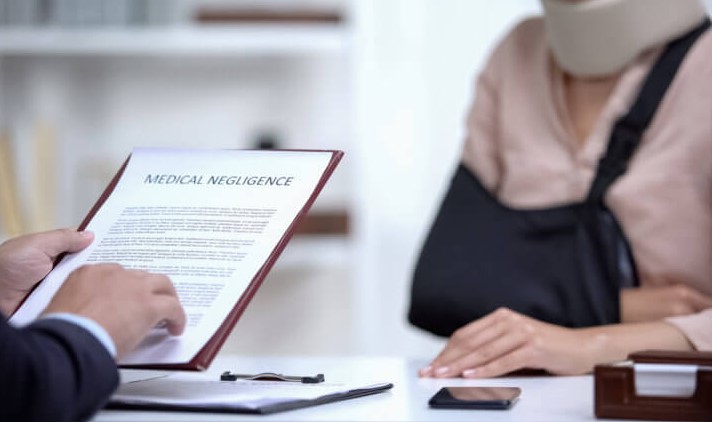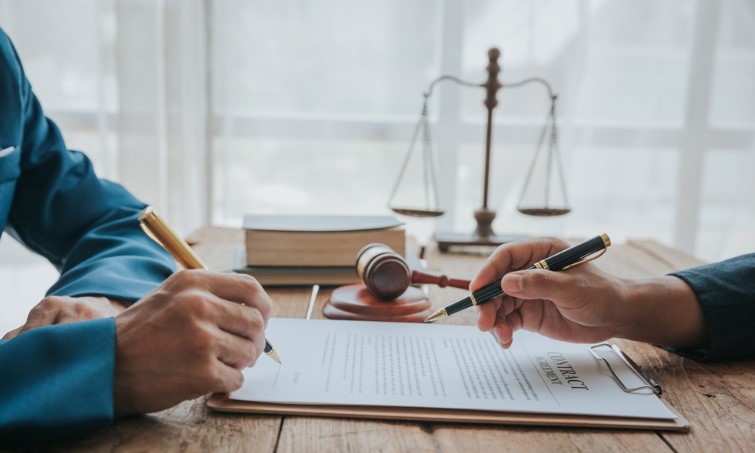
Develop your best strategy to negotiate a settlement for personal injury after any type of accident.
As soon as the settlement negotiation begins to heat up, you will need to put in place an effective strategy. These six settlement tips are a good place to start.
1. You May Have a Specific Settlement Amount in Mind About Settlement for Personal Injury
You have already determined a range for the value of your claim when you created your demand letter for a personal injury settlement. Decide on the minimum amount you are willing to accept before you talk to an adjuster. You should not reveal this figure to the adjuster. It is only for your information. Before you start making counter-offers and offers, it’s helpful to have a bottom line in mind.
You don’t need to stick to the number you set yourself. You may need to reduce your minimum amount if the adjuster brings up facts that you hadn’t considered, but that weaken your claim. If the adjuster offers a low amount or a number that is close to your minimum, or if you find evidence that makes your claim stronger, then it may be time to increase your figure. Find out more about, factors that influence the value of a personal injury settlement.
2. Do Not Jump at the First Offer
Insurance adjusters are known to start negotiations with a low offer. The adjuster uses this tactic to test your patience and understanding of the value of your claim.
If a first offer comes in, you should decide whether you think it is reasonable, but still too low. Or, if it’s so low it seems like a ploy to test your knowledge. You can counteroffer a small amount less than the demand letter if you think that the offer is reasonable. This shows the adjuster you are also reasonable and willing to compromise. You can quickly reach a settlement that you and your adjuster both agree is fair with a little more negotiation. Do not go over the details again during these negotiations. You only need to emphasize your strongest points, such as the fact that the insured is completely responsible.

3. How to Get the Adjuster to Justify a Low Offer?
Do not lower your demand amount if the adjuster offers a low offer in the first conversation. It’s obvious that the adjuster is using this tactic as a negotiation tool to test your knowledge of the claim. Ask the adjuster why they made such a low offer. Take notes on the conversation. Write a short letter in response to the points the adjuster brought up. You can reduce your demand based on the strength and persuasiveness of the adjuster’s arguments. However, wait until the adjuster has reacted before lowering it further.
Ask for a reply to your letter of response the next time you talk with an adjuster. Now, the adjuster must make a reasonable settlement offer.
You should learn how to respond to a low settlement!
4. Focus on Emotional Points to Your Favor
Mention any emotional reasons that support your claim during negotiations. Refer to a photo you sent of an injury or a car that looks smashed. Refer to a bottle found in the car of the other driver if alcohol was suspected. Remind the adjuster if similar accidents have occurred at that same location. Mention that your injury affected your ability to take care of your child. These factors are powerful, even though they cannot be quantified in dollars. They can help convince an insurance company that an accident claim is valid.
5. Wait for a Response
You should not lower your demand until you receive a new proposal from the adjuster. It’s not good to reduce your demand more than once without an increased offer by the adjuster.
You should go through each reason the adjuster gives for a low-ball offer. After you’ve addressed all of the adjuster’s arguments, either you get a reasonable deal, or you find out that you won’t be getting one. You will then have to exert additional pressure on your insurance company.
6. Knowing When to Hire an Attorney
You may want to consult an injury lawyer if you find that negotiations aren’t going the way you hoped. This is especially true if you:
- Damages can amount to tens or even hundreds of thousands of dollars.
- Your claim is for future damages. An attorney can help you to include future medical costs or lost income in a settlement.
- The question of blame is raised. An attorney may be needed to craft the argument.
Find out more about. Hire an attorney or handle your claim yourself.
7. Write down the Settlement
If you and the adjuster agree on a final number, confirm your agreement immediately in a written letter to the adjuster. It can be brief and to the point. This sample settlement confirmation letter will give you an idea of how this document may look.
Now you know how to get the best Settlement for Personal Injury, It’s time for you to decide!

Contact Tenina Law today for a consultation, and let us help you achieve a fresh start. Call us at (213) 596-0265 to schedule your appointment. Take the first step towards a brighter future with Tenina






